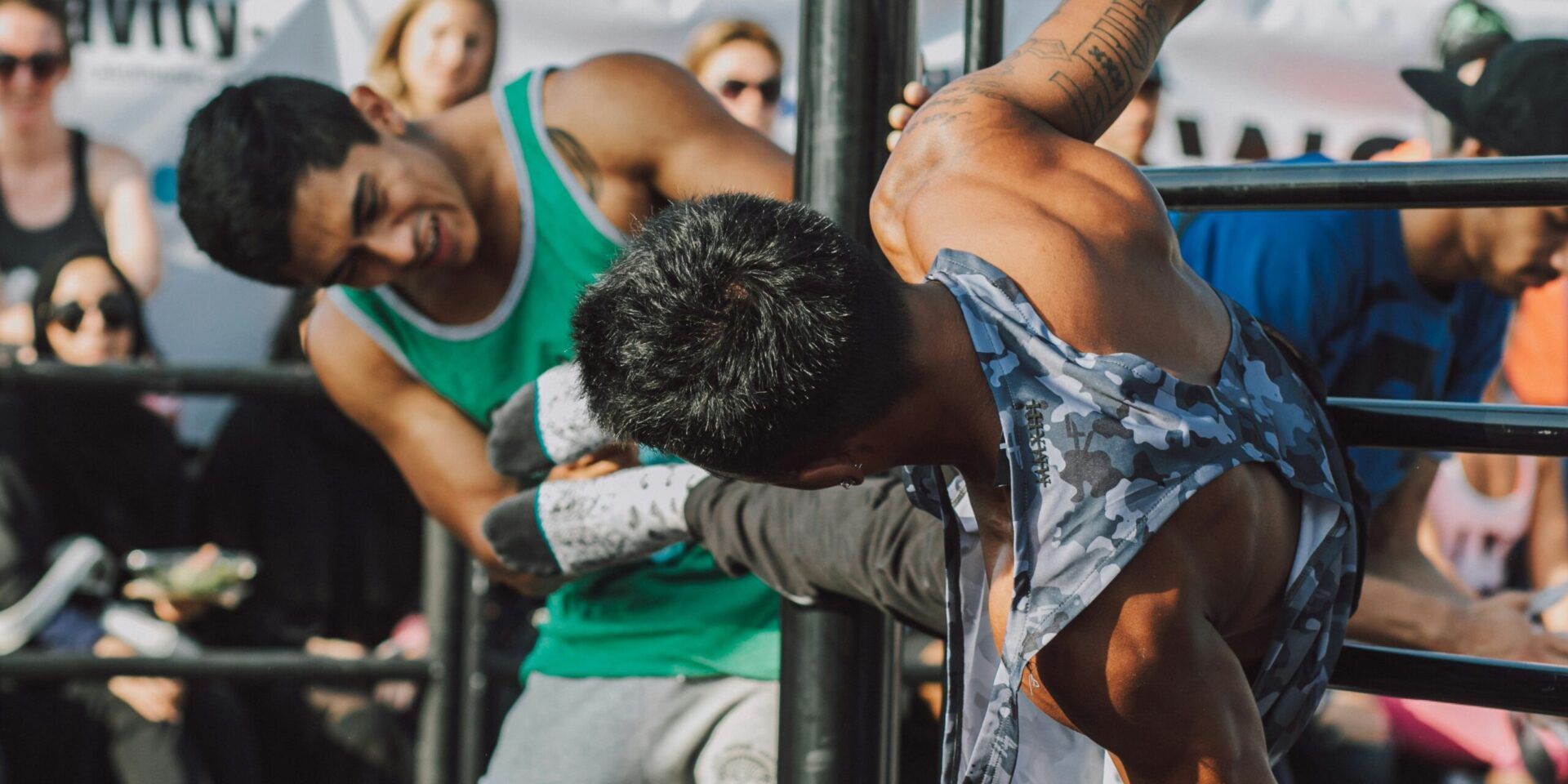Pilates—once perceived as a niche workout favored by dancers and women—has cemented its status as a mainstream fitness staple for men in 2025. With Reformer Pilates experiencing a surge in popularity among male athletes and fitness enthusiasts, experts emphasize its potent combination of core engagement, joint health, and athletic crossover. This shift marks a significant change in men’s fitness routines, with Pilates emerging as a powerhouse complement to traditional training.
Recent fitness tracking reveals a notable uptick in male participation. Between 2017 and 2022 alone, men practicing Pilates increased by approximately 20 %. Meanwhile, Strava data shows a 15 % rise in men logging Pilates or yoga sessions. This growth isn’t limited to hobbyists—elite athletes and professional teams are also integrating Pilates into their training regimens.
The modality’s legitimacy has been amplified by high-profile athletes. NFL teams like the Kansas City Chiefs have incorporated Reformer Pilates to sharpen performance and mitigate injuries, especially during critical training phases like Super Bowl prep. Individual athletes such as LeBron James, Cristiano Ronaldo, and Andy Murray credit Pilates for enhancing core strength, flexibility, and muscular harmony. The All Blacks rugby team also includes it in their training programs for improved movement patterns and injury resilience.
The benefits of Pilates, especially Reformer-based routines, are supported by research and trainer observations. The equipment’s design forces continuous engagement of the deep core, strengthening key muscles like the transverse abdominis and spinal stabilizers. This enhanced core control not only improves posture but also boosts trunk coordination and overall athletic performance.
Flexibility and mobility are also major advantages. By combining resistance training with dynamic stretching, Reformer Pilates helps improve joint range of motion. This addresses tightness caused by traditional strength training and reduces the likelihood of strains and sprains. Approximately 72 % of regular practitioners report noticeable improvements in their flexibility.
Trainers and physiotherapists frequently endorse Pilates for injury prevention and rehabilitation. It targets smaller stabilizing muscles, promoting symmetry and muscular balance, both of which are crucial in minimizing injuries. The Kansas City Chiefs’ training staff specifically note how it aids in building strength where it’s often overlooked—supporting long-term physical health. It’s also used in treatment programs for back pain, pelvic floor dysfunction, and post-surgical recovery.
Beyond injury prevention, Pilates enhances athletic capabilities. By promoting balance, coordination, and muscular endurance, it supports sport-specific skills. Athletes report gains in trunk control, lower-limb strength, and agility—all vital for high-level performance. Approximately 20 % of male participants note tangible athletic improvements linked to regular Pilates practice.
Another key benefit is its low-impact nature. While delivering full-body strength and conditioning, Pilates minimizes joint stress. This makes it an ideal option for recovery days, off-season training, and for older individuals seeking longevity in their workouts. It also provides balance to more intensive regimens like weightlifting or high-intensity interval training (HIIT).
Reformer Pilates uses a spring-loaded carriage, pulleys, and straps to offer adjustable resistance across various movement patterns. Common exercises include footwork drills, bridging, pulling straps, and core-intensive planks. These are designed to enhance muscle control and align the body biomechanically—from the ankles and hips to the back and shoulders.
Fitness professionals recommend integrating Pilates with traditional workouts for optimal results. It’s not a replacement for lifting or cardio but a valuable addition that addresses common weak spots. Experts argue that it improves overall mobility, corrects muscular imbalances, and supports better outcomes in gym-based training programs.
For newcomers, starting with guided studio instruction is advised to ensure proper form and technique. Many studios now offer male-friendly or co-ed classes tailored for athletes or beginners. Home use is also gaining traction, with affordable Reformer equipment becoming more available, though supervision is still important for safety and effectiveness.
In 2025, the Pilates market continues to expand. The global Pilates and yoga segment is growing due to a broader emphasis on preventive health and mobility. Today, about 40 % of commercial gyms include Pilates programming, and virtual classes have made it more accessible than ever. The cultural shift towards longevity, core stability, and injury-free fitness has fueled this movement, especially among men.
Pilates—once on the fitness fringe—has entered the male mainstream. With its comprehensive approach to strength, mobility, and injury prevention, it’s now seen as a smart, strategic addition to any fitness regimen. Whether you’re chasing athletic performance or just looking to move better and feel stronger, Pilates offers the tools to build a more resilient, capable body.

